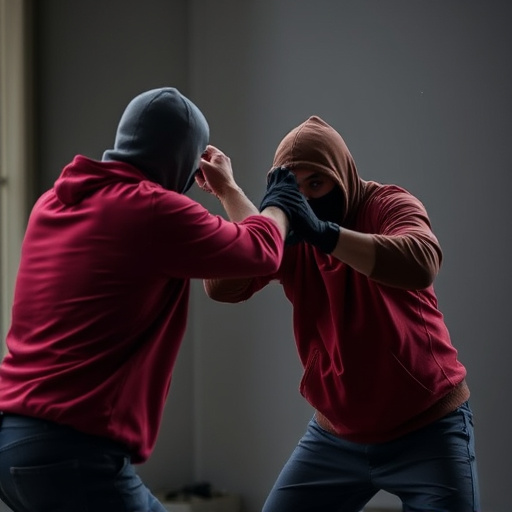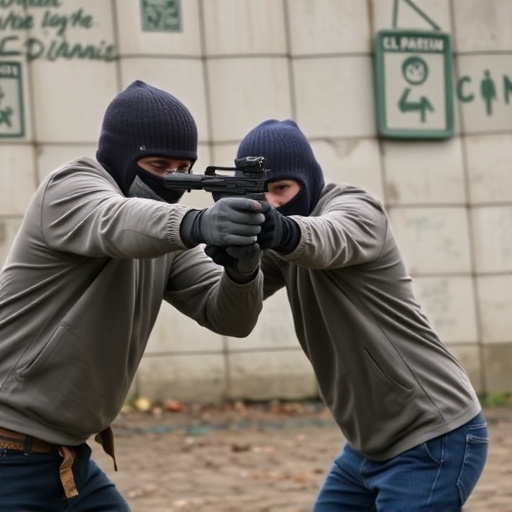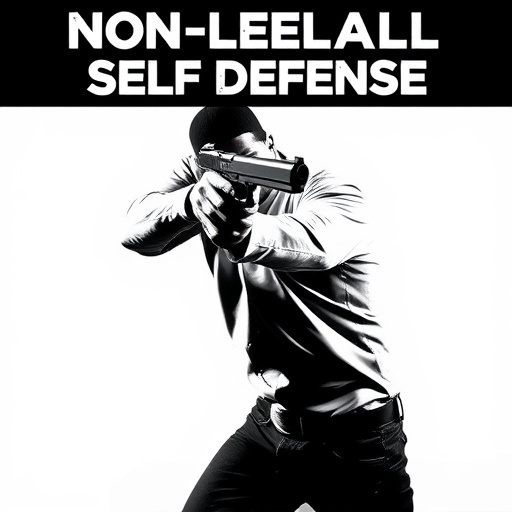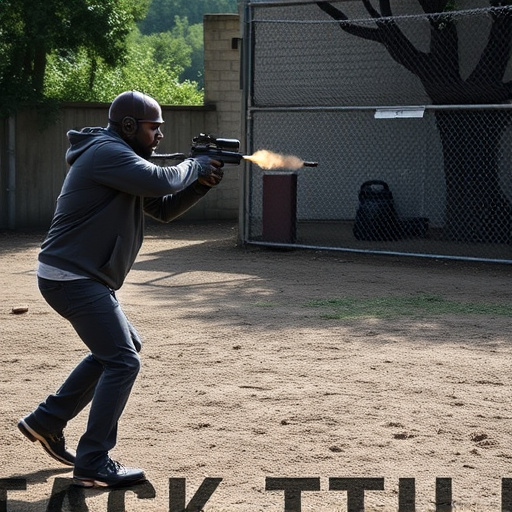Choosing the best stun guns for senior citizens involves balancing power and safety. Paralysis time varies, so understanding device limits is crucial. Factors like voltage, range, and contact time must be considered. Safety features, adjustable settings, and user-friendly designs are key. Healthcare professionals should guide usage to minimize risks and adverse effects on seniors' health. Proper training and local laws regarding stun gun ownership are essential for responsible use by older adults.
“In recent years, there has been growing interest in non-lethal force tools like tasers for self-defense and elderly care. However, understanding the paralysis duration from taser deployment is crucial for ensuring safety and effectiveness. This article explores key aspects of taser usage, including factors affecting stun gun efficiency, choosing safe stun guns for senior citizens, medical considerations post-deployment, training and practice for responsible use, and legal implications specific to elderly care settings. Additionally, we delve into the best stun guns designed for seniors’ unique needs.”
- Understanding Taser Paralysis Duration
- Factors Affecting Stun Gun Efficiency
- Choosing Safe Stun Guns for Seniors
- Medical Considerations Post-Taser Deployment
- Training and Practice for Responsible Use
- Legal Implications of Taser Usage in Elderly Care
Understanding Taser Paralysis Duration

Paralysis duration from taser deployment is a critical aspect to consider, especially when evaluating the safety and effectiveness of stun devices, particularly for senior citizens looking for personal protection. Understanding how long someone may be paralyzed after being stunned by a taser can help users make informed decisions about their choice of self-defense equipment. The effects of a taser’s electrical current on the body can vary depending on numerous factors, including the model of the device, the distance between the stun gun and the target, and the individual’s physical condition.
For senior citizens considering best stun guns for their safety, it’s essential to understand that the paralysis caused by a taser is temporary. While this can provide crucial moments to escape or seek help, the duration of incapacitation typically ranges from several seconds to up to 5 minutes, after which an individual can recover and resume normal functions. This knowledge can assist seniors in selecting stun devices with features designed to ensure safety and effectiveness while understanding the limitations of their chosen personal protection tools.
Factors Affecting Stun Gun Efficiency

The effectiveness of a stun gun, or taser, can vary based on several factors that influence its impact and duration of paralysis. When considering the best stun guns for senior citizens or individuals with health concerns, these variables become crucial. Firstly, the voltage and energy output play a significant role; higher-voltage weapons may cause more intense disruption, but they also require careful use to avoid overstimulation or unintended side effects in vulnerable populations.
Secondly, the range and contact time are essential. Stun guns with longer ranges allow for more distance when deploying, which can be advantageous for self-defense scenarios. However, shorter contact times ensure a quicker stun, potentially minimizing any prolonged discomfort or health risks. Features like adjustable voltage settings and precise triggers cater to different user needs, including those who may have reduced strength or dexterity due to age.
Choosing Safe Stun Guns for Seniors

When selecting stun devices for senior citizens, it’s paramount to prioritize safety and ease of use. The best stun guns for senior citizens should offer a powerful yet controlled electric shock, suitable for self-defense against potential attackers without causing unnecessary harm. Look for models with adjustable voltage settings, allowing users to select a lower setting for safer, less painful discharges.
Additionally, consider devices featuring large, easy-to-grip triggers and clear, intuitive controls. Some top choices include stun guns with built-in flashlights, ensuring visibility in low-light scenarios, and those designed with ergonomic, non-slip handles for better control during use. Always opt for reputable brands known for their commitment to safety standards and customer satisfaction.
Medical Considerations Post-Taser Deployment

After Taser deployment, several medical considerations come into play, especially for vulnerable populations like senior citizens. While Tasers are designed to temporarily incapacitate individuals, the effects can vary based on age and health status. For seniors, potential risks include heart-related issues due to pre-existing cardiac conditions or medications, as the sudden jolt can trigger irregular heartbeats. Additionally, the physical impact of the stun gun’s electrodes might cause falls, leading to further injuries, particularly in older adults with reduced mobility.
Choosing the best stun guns for senior citizens requires considering safety features and minimal force options. Some models are designed with advanced safety mechanisms, including automatic shut-off after deployment, ensuring minimal risk. When selecting a stun device, it’s crucial to consult healthcare professionals, especially for seniors, to ensure it aligns with their medical needs and minimizes potential adverse effects.
Training and Practice for Responsible Use

The responsible use of stun guns, or Tasers, requires proper training and practice. This is particularly important for senior citizens considering self-defense options, as they may have specific needs and physical limitations. The best stun guns for senior citizens should be easy to use, with simple triggers and powerful enough deterrents. Training sessions should cover not only the physical mechanics of deploying the device but also strategic deployment in various scenarios, ensuring users can respond calmly and effectively under pressure.
Regular practice is crucial to building confidence and muscle memory. Simulated situations can help seniors prepare for real-life threats, learning how to accurately target and disable an assailant without causing unnecessary harm. Responsible use also includes understanding the legal implications and local regulations surrounding stun gun ownership and deployment, ensuring users are fully aware of their rights and responsibilities.
Legal Implications of Taser Usage in Elderly Care

The use of tasers by law enforcement and security personnel has sparked debates, especially when it comes to elderly individuals. The legal implications of taser deployment on seniors are a significant concern in healthcare settings. With an aging population, ensuring the safe and ethical use of force against vulnerable adults is paramount. In many jurisdictions, there are strict guidelines and restrictions on the use of tasers on the elderly due to potential health risks and the likelihood of prolonged paralysis.
When considering the best stun guns for senior citizens as a last resort for self-defense, it’s crucial to evaluate their effectiveness while minimizing harm. Healthcare professionals and law enforcement agencies must be vigilant in their training and protocols, ensuring that taser usage is proportionate and does not cause long-lasting physical or psychological trauma. Understanding the legal boundaries and human rights implications of taser deployment on elderly care is essential to maintaining a balanced approach in public safety measures.
In conclusion, understanding the duration of paralysis from taser deployment is crucial for ensuring safe and responsible use, especially when considering the unique needs of senior citizens. By recognizing the factors affecting stun gun efficiency and choosing suitable options like the best stun guns for senior citizens, we can minimize risks. Additionally, proper training, medical considerations, and legal awareness regarding taser usage in elderly care are essential to navigate this complex landscape effectively.
